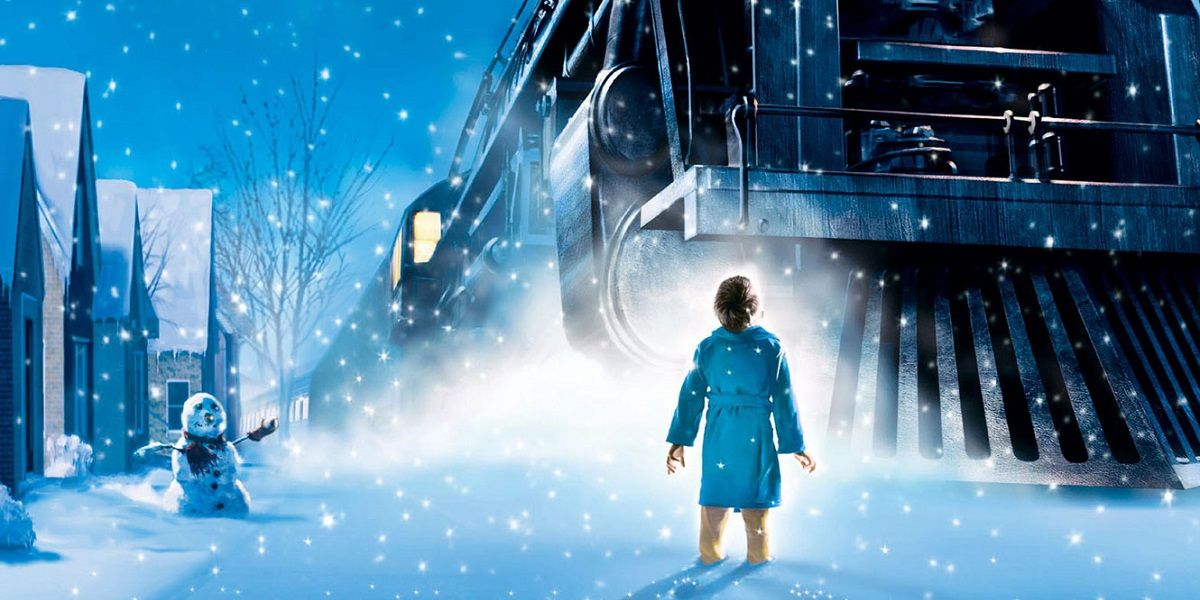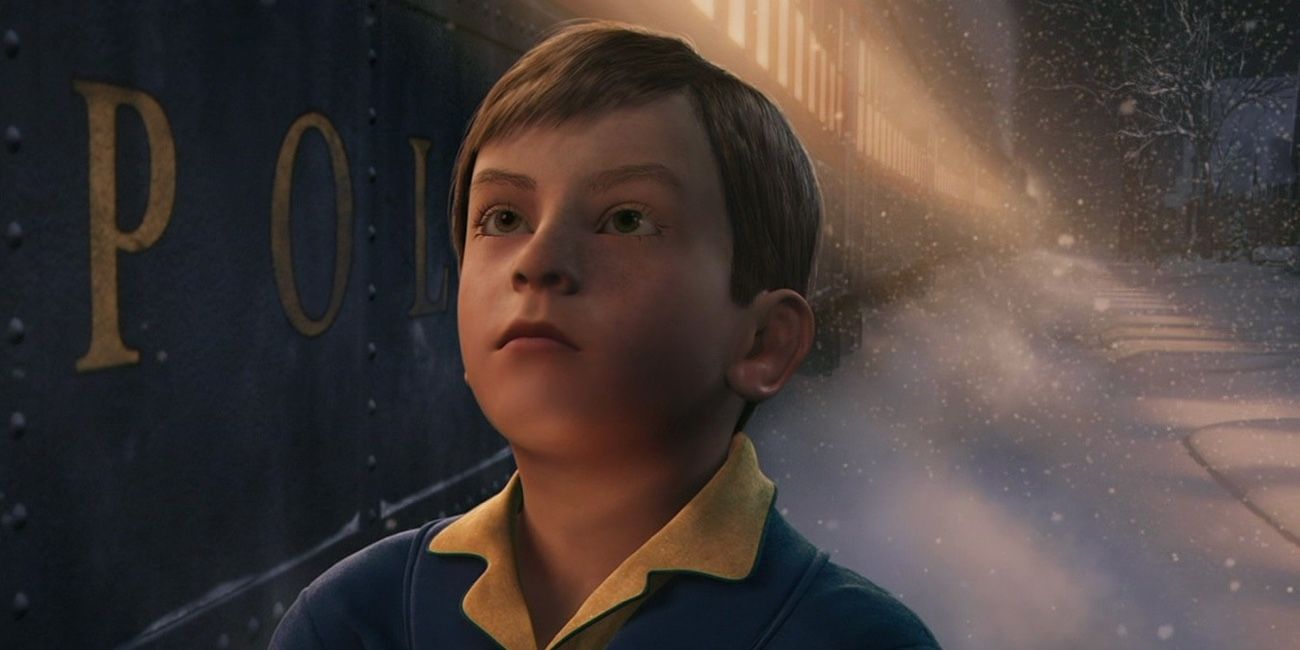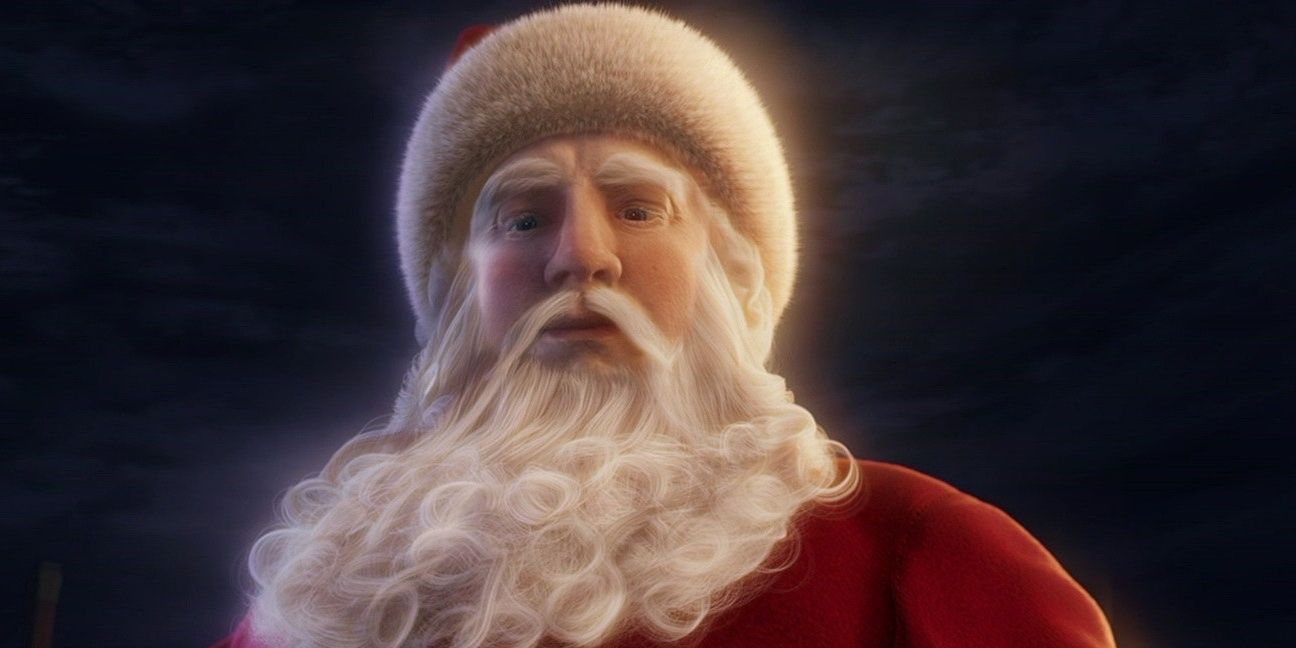An instant classic that illustrates what the true spirit of Christmas is all about (from a secular perspective anyway). The graphics and the script are top-notch. See it on an IMAX screen if you can, but just go see it.
For nearly 20 years, one of my Christmas traditions has been to watch A Christmas Story. That movie is on my short list of Christmas classics, right alongside the 1966 animated version of How the Grinch Stole Christmas. This year, with the release of Elf on DVD and The Polar Express in theaters, my short list has grown by two movies. Quite honestly, I have been very surprised by all the negative reactions to this movie, mostly centering around the computer graphics and an overall tone that lacks the warm, jolly tone you typically expect from holiday movies. Personally, I thought the computer graphics were excellent. In fact, they helped to tell the story in a way that probably wouldn't have been possible with live actors and sets.
As with many other Hollywood productions, this movie is based on a book of the same name, but the similarities stop there. The author, Chris Van Allsburg, won a 1986 Caldecott Medal for his work, all 32 pages of it (according to Amazon). I was constantly getting the impression that the filmmakers were trying to do the computer graphics in such a way that it would look like Van Allsburg's illustrations in the book. Of course, computer graphics don't have the same feel of heartfelt hand-drawn illustrations, but I have to say, they weren't far off the mark. What would have been awesome is if the frames had been hand-drawn and Van Allsburg had supervised the animation. But sadly, the almighty dollar has prevailed and hand-drawn films appear to be safely in the history books for the foreseeable future. Of course, computer graphics still don't come cheap. The Incredibles cost an estimated $100 million to make, while The Polar Express cost an estimated $170 million. The extra cost is due to the way it was filmed, using live actors to provide the framework for the computer graphics. Using that method, called "performance capture," it was possible to do a better job of imitating human actions. The characters themselves did not look 100% real (I would say the characters in Final Fantasy were done a little better), but the "fake" look was not enough to distract from my enjoyment of the movie.
The story is quite simple, but the well-written script keeps the story moving at a decent pace to keep the viewer interested and involved. After a young boy (live-performed by Tom Hanks, voiced by Daryl Sabara) has gone to bed on Christmas Eve, he finds himself troubled by the fact that he has almost completely stopped believing in Santa Claus. He decides to stay awake and listen for Santa, like he has so many times before, knowing he probably won't hear anything. Only this time, he hears something. It turns out, it's not Santa, but a train. The conductor (performed and voiced by Tom Hanks) informs him that the train is headed to the North Pole and asks him if he wants to hop on board. The boy initially hesitates, but after a little prodding from the conductor, he decides to hop on board. The train makes one more stop to pick up a lonely boy (live-performed by Peter Scolari, voiced by Jimmy Bennett) who finds Christmas a very disappointing time of year. After that, the train heads to the North Pole.
Most of the movie is during the train trip, while the young boy (henceforth called "hero boy") becomes familiar with the train. Almost immediately, he befriends a young girl (performed and voiced by Nona Gaye) and a know-it-all boy. He also tries to make friends with the aforementioned "lonely boy," but it's slow going. Things really start to pick up when "hero boy" finds the young girl's (henceforth called "hero girl") ticket on her seat while the conductor is showing her another car on the train. He tries to cross the cars to give the ticket back to her, but the wind blows it out of his hand. Now he is afraid the conductor will throw "hero girl" off the train because she no longer has a ticket. Without giving away too many details, he ends up on top of the train, where he meets a mysterious hobo who tells him "seeing is believing." The train encounters a number of serious challenges, including going down a very steep drop and derailing on a track that has iced over. After the train makes it to the North Pole (come on, that's not really a spoiler, is it?), the children are invited to a town assembly that has everyone waiting to see who will receive the first gift of Christmas from Santa. The ending blew me away; it is something I won't forget anytime soon. (And I mean that in a good way.)
There are many well-done scenes in the movie, but these three were done so well that they really stood out:
- When the children are served hot chocolate
- When "hero boy" loses "hero girl's" ticket and the camera shows what happens to it
- When the reindeer are first let outside at the North Pole, and the elves have to use their entire body weight to prevent them from flying away
I was fortunate enough to see this movie in a 3D IMAX theater. I highly recommend that you do the same, if you can. We sure have come a long way with 3D since the Three Stooges did the 3D eye pokes back in the 1950's.
(Trivia alert: Michael Jeter live-performed the train's engineers, Smokey and Steamer. He died shortly after his roles had been filmed. The voice work for those characters was done by André Sogliuzzo.)
You're probably wondering why I gave the movie 4.5 stars instead of a perfect 5 if I liked it so much. The main reason I had to stop just shy of giving this movie a perfect rating is because of the fact that Tom Hanks did the voice work for a total of five characters. One or two should have been the limit. I'm aware that Hanks is a two-time Oscar winner, and I'm aware that he did a fine job as Woody in the Toy Story movies. The problem is that Tom Hanks excels at sounding like Tom Hanks, and that's about it. With every character voice he did in this movie, no matter how different he tried to make them sound, it was always obvious that it was his voice. Perhaps that was part of the intended symbolism of the story; I'm not sure. All I know is that hearing Hanks' voice come out of almost every character was far more distracting to me than any deficiencies that may have existed in the computer graphics. (Oh, and I hated Josh Groban's rendition of the theme song, "Believe," but I didn't count that against the overall rating.)
I wanted to comment on a frequent criticism of the movie -- that it is too dark and creepy, lacking the warm and jolly feel of holiday movies. Is it dark? In a word, yes. Since the story takes place at night, it is dark. Unless "hero boy" lived in Alaska, the setting would be a dark night. As for creepy, it depends on what you're talking about. Some people refer to the CGI rendering of the children as creepy, which I think is ridiculous. Others refer to scenes like the one with the abandoned toy car. Since it has been many years since I was a young kid, I don't really know if young kids would be creeped out by such scenes. I didn't find them creepy at all; I thought they helped to provide some important plot points. Let's keep in mind, what makes for a "good" sense of creepiness is the feeling that something ominous is about to happen. That's not the case here. No one in the movie is interested in anything other than the well-being of those children, even the mysterious hobo. That's obvious throughout the whole movie. What's creepy about that? As for having a "warm and jolly" feel, I think the best Christmas movies are the ones that leave the task of feeling warm and jolly up to the viewer. I certainly don't want the Christmas spirit shoved down my throat, and yet that's exactly what the critics are saying this movie lacks. Make no mistake, this movie is full of Christmas spirit. Religious people will be disappointed (but not surprised) to see that only the secular aspects of Christmas are discussed in this movie. The same is true of A Christmas Story, but I enjoyed that movie (and still do) immensely. Most of A Christmas Story doesn't have a warm or jolly feel to it. It's about a family that encounters one disaster after another, but it's a very enjoyable Christmas movie. As an example, the 1994 remake of Miracle on 34th St. had a "warm and jolly" feel to it, and I hated that movie with every fiber of my being. Even Ernest Saves Christmas was better than that crapfest.
As you can see, I'm not taking the naysayers seriously when it comes to The Polar Express, and neither should you. Just go see this movie. See it on an IMAX screen if you can, but just go see it. It's that good.



